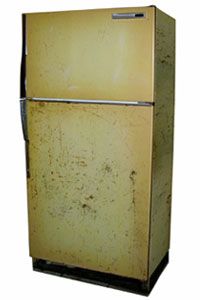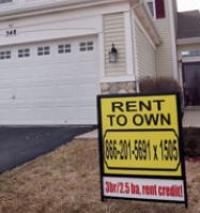You've had a lousy year. First, you lost your job. Then, when the interest rate adjusted on your subprime mortgage, you couldn't make the monthly payments, so the bank foreclosed on your house. You started putting everything on credit cards until the collection agencies started calling. Then, without any other choice, you declared bankruptcy.
Welcome to the no-credit economy, an alternate financial universe inhabited by the 28 million Americans who don't have a bank account and the 23 percent of American families who don't own a credit card [sources: Aversa and Pulliam Weston].
Advertisement
The people in this growing segment of the population cash their paychecks at corner stores that charge a steep fee. If they need some quick cash, they might pawn something or get a high-interest payday loan. And if they need a refrigerator or a new couch, they shop at the local rent-to-own (RTO) store.
For many working poor, it simply isn't possible to purchase big-ticket household merchandise without a credit card or a bank loan. RTO stores like Rent-A-Center and Colortyme are small department store chains that cater to clients with credit problems.
Instead of buying a refrigerator on credit or taking out a loan from a conventional department store, you pay the RTO business a fixed cash amount every week -- let's say $30 -- to rent the refrigerator. If you want to eventually buy the refrigerator, you'll need to complete a set amount of weekly payments, usually around 90.
On the surface, RTO seems like a good option for people without access to credit, but some critics of RTO business practices say it's just another example of predatory lending [source: CoPIRG].
So our question is: Is RTO a good deal, or is it just another way that the poor and creditless get the short end of the stick? Can you actually end up paying less with RTO than other purchasing plans? Keep reading to learn more about RTO and how it all adds up.
Advertisement


